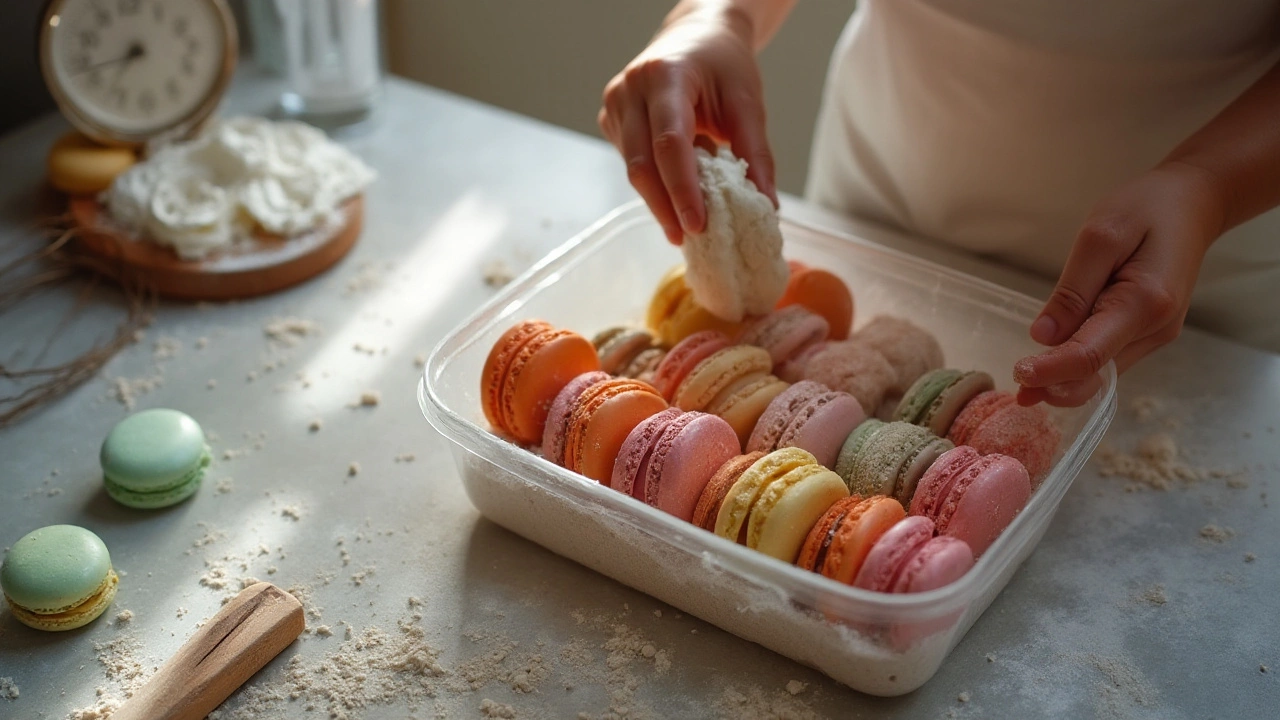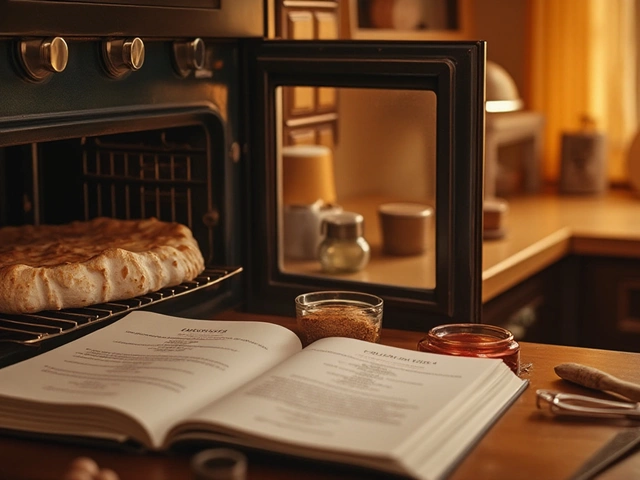Dessert Storage: Simple Tips to Keep Your Sweets Fresh
If you love a good slice of cake or a bite of fudge, you’ll want it to taste just as good a day later as the moment it came out of the oven. The secret isn’t magic—it’s proper storage. Below are practical steps you can use right now to keep any dessert from going flat, dry, or unsafe.
Best Practices for Different Desserts
Cakes and Cupcakes: Let the cake cool completely on a wire rack. Once cool, wrap each layer tightly in plastic wrap, then cover the whole cake with a cake dome or a large airtight container. If the frosting is butter‑based, keep the cake in the fridge; if it’s whipped cream, store it in the coldest part of the fridge to avoid sweating.
Brownies: After cooling, cut the brownies into squares and place a sheet of parchment between each layer. Store the stacked squares in an airtight container. For a chewier texture, add a damp paper towel on top before sealing.
Fudge: The key to smooth fudge is keeping it dry. Cut the fudge into bite‑size pieces, then layer them with wax paper in a resealable bag. Push out as much air as possible. If you’re in a humid climate, pop the bag into the fridge for a few hours before sealing.Cheesecake: Cheesecakes love gentle cooling. After baking, let them cool on a rack, then chill them uncovered for an hour. Wrap the whole pan tightly in cling film, then place the pan in a large zip‑lock bag. This double barrier prevents the surface from drying out.
Fruit‑based desserts (tiramisu, trifle): These rely on moisture, so keep them in a shallow glass dish covered with plastic wrap. Store them in the fridge no longer than three days to avoid sogginess.
Quick Fixes for Common Storage Problems
Got a dry cake edge? Lightly brush it with a simple syrup (water + sugar, boiled and cooled) before re‑wrapping. The syrup re‑hydrates the crumb without making it soggy.
If brownies turned out too hard, place a slice of fresh apple or a damp paper towel on top of the container for a few hours. The moisture will soften the edges.
Fudge that looks grainy? Warm it gently in the microwave for 10‑15 seconds, then stir in a tiny knob of butter. The butter helps smooth out the texture.
Forgot to cover a cheesecake? The surface will form a skin. Scrape it off gently, then add a fresh layer of whipped cream or fruit before serving.
When you’re unsure whether a dessert is still good, trust your senses. If it smells off, looks moldy, or has an unpleasant texture, it’s safer to toss it. Better a fresh batch than a stomach ache.
Finally, label everything. Write the date you made or opened the dessert on the container. This simple habit stops you from eating something past its prime.
With these easy storage tricks, your desserts will stay moist, flavorful, and safe for days or even weeks. So go ahead, bake that extra batch—your fridge (or pantry) is ready for it.

Can You Freeze Macarons? Best Tips for Storing These Delicate Treats
Macarons, the delicate and colorful French almond meringue cookies, are both a delight and a challenge to make. One might wonder, especially after a successful baking session, whether you can freeze macarons for later enjoyment without compromising their texture and flavor. Freezing these treats involves specific steps to ensure they retain their unique chewiness and crisp exterior. This article explores the do's and don'ts of freezing macarons, so they taste as perfect as when freshly made.
View More




